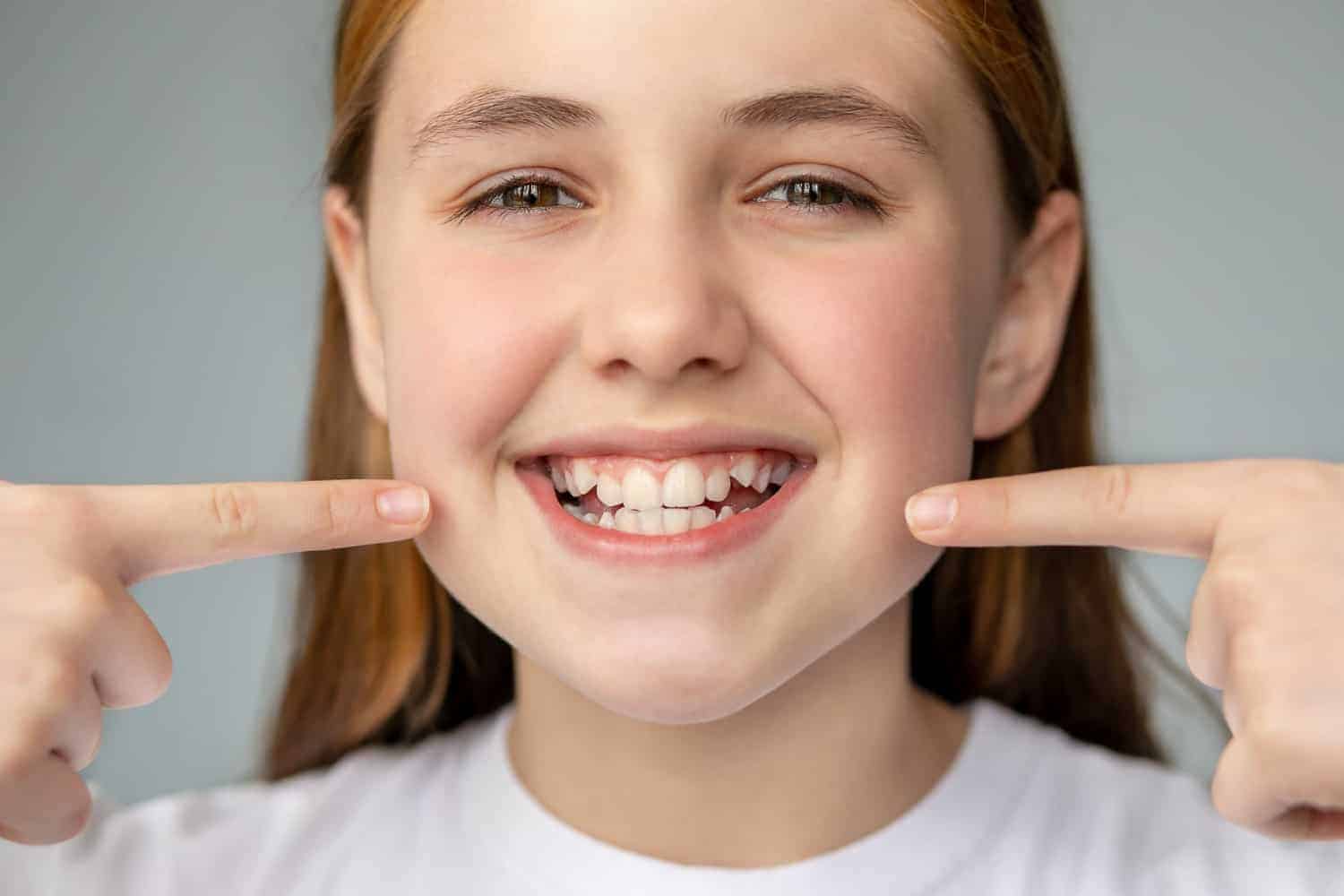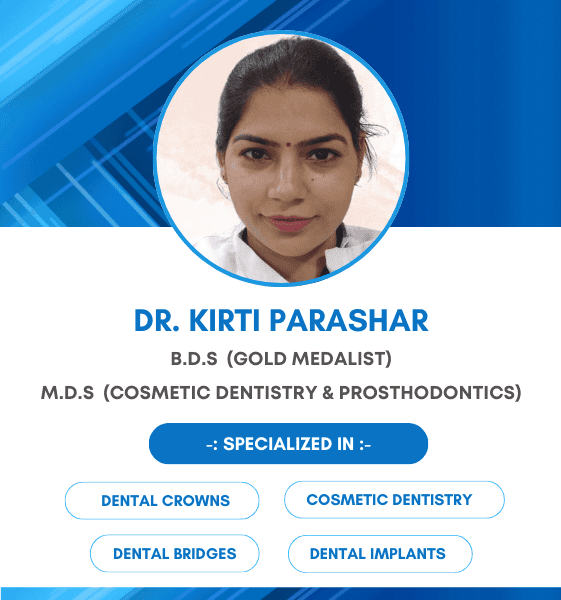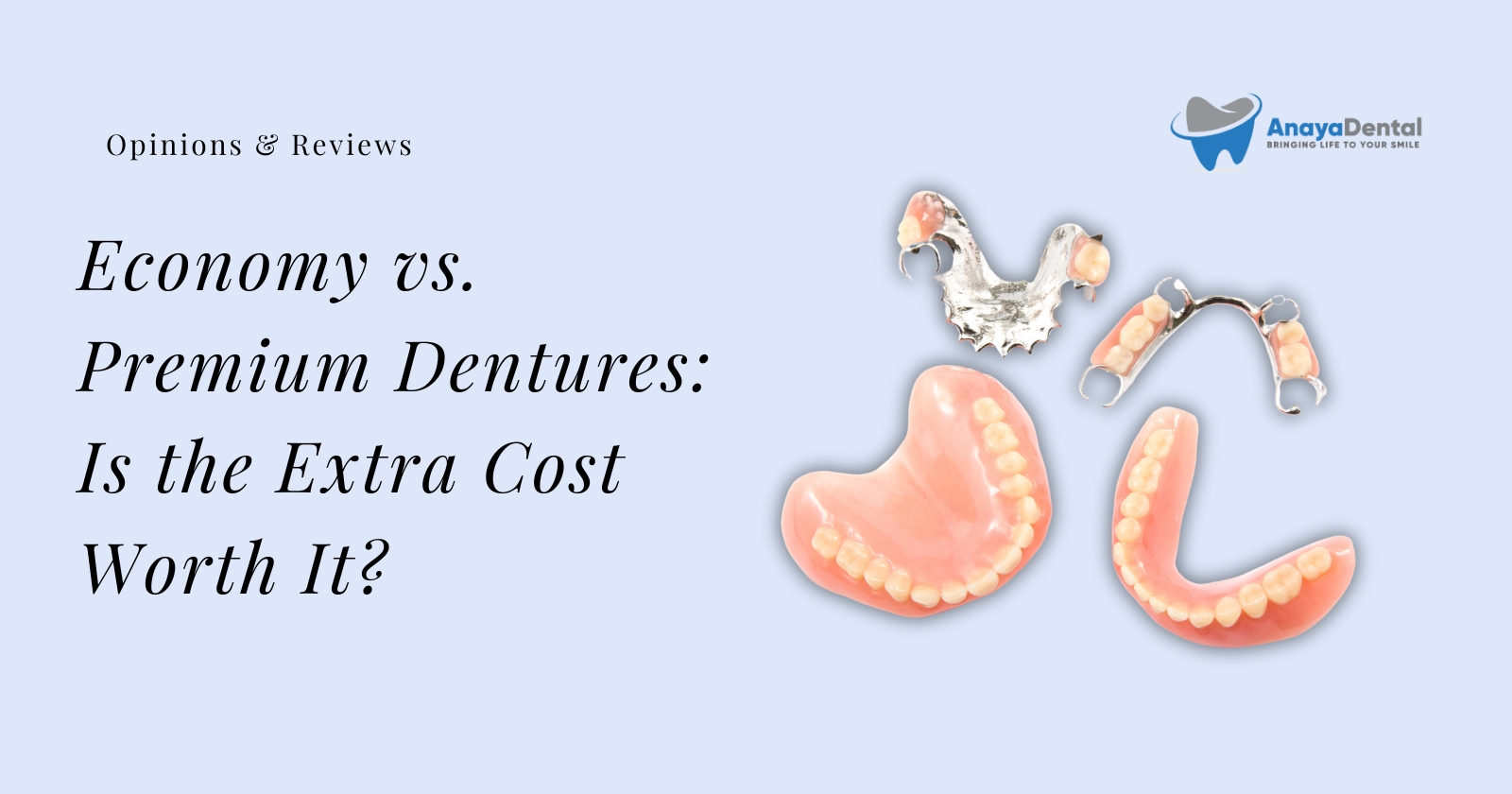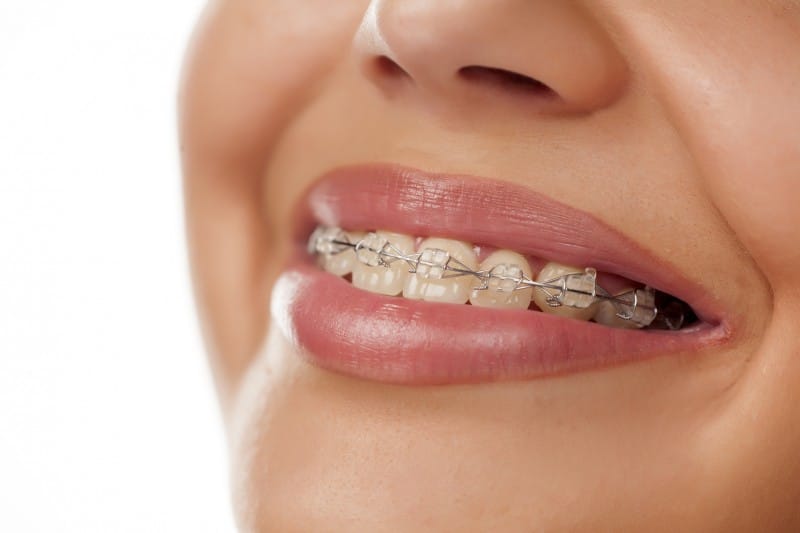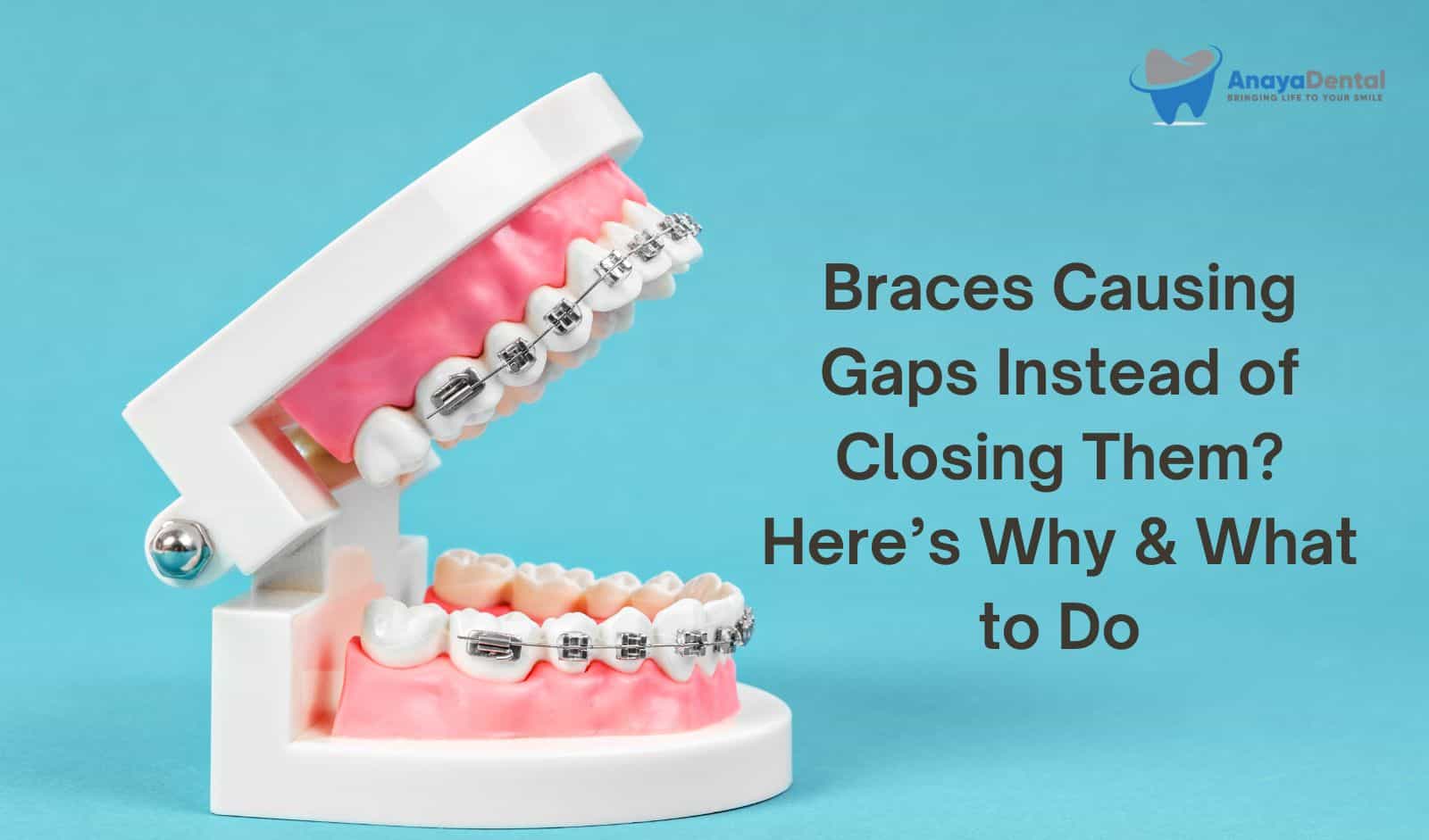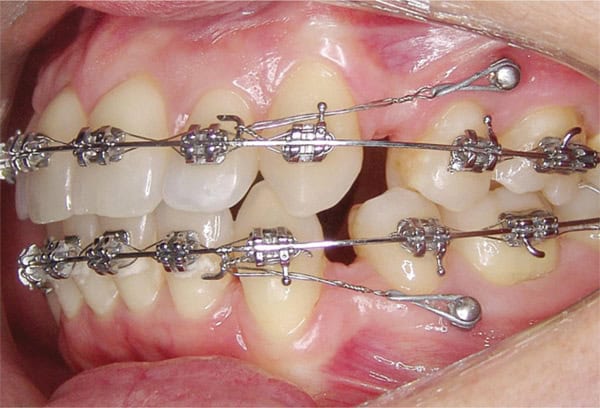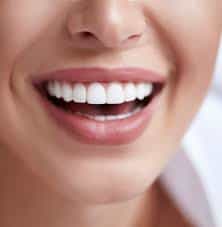Smile is one of the most effective means of which people convey their emotions. But, what if you are not happy with your misaligned teeth/crooked teeth affecting your confidence.
Some people find lucky to have rotated or twisted or chipped teeth. It can add a very unique personality trait to you to have imperfectly perfect teeth.
But, if you don’t feel good about your crooked teeth, then it is ok you can get your crooked teeth fixed by orthodontic treatment.
Try Our Dental Calculators
What Are Crooked Teeth?
Crooked teeth are misaligned teeth that can be in the form of twisted, bent or rotated form. Some people live happily with their malaligned teeth but most of them lose confidence because of them.
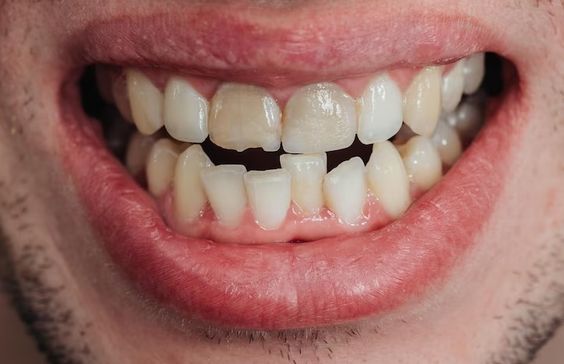
Causes of Cracked Teeth
Both the milk teeth and permanent teeth can be crooked. Around 9 out of 10 people have crooked or malaligned teeth.
When the jaw size is small, baby teeth can’t be adjusted in the proper position and move into a crooked position. This can be due to any prolonged habits like thumb sucking, any birth injury to the jaw or may be due to genetic conditions like cleft lip and palate. And, also there are high chances of crowding in permanent teeth if your baby teeth are crowded.
Any issues present in the baby can affect the permanent ones. The main causes of te crooked teeth are-
Heredity It means transfer of the characters from parents to baby. It is apparent that some types of malocclusions run in families. Traits that can be transmitted are
- Crowding/spacing
- Tooth shape abnormality
- Abnormal musculature e.g. abnormal tongue size, hypertonicity or hypotonicity of oral muscles
Genetic defects- There are the defects that are present at the time of birth. Some factors are
- Condition of mother during pregnancy
- Nutritional status
- Accident during pregnancy
- Trauma during childbirth
- Clefts
- Infectious disease
- Restricted jaw development
- Nutrition problems– The deficiency of vitamins and minerals may affect the proper development of oral structures and hence may cause crooked/ malaligned teeth
- Accident/Trauma– Injuries are common in growing children due to trauma that can cause early loss of teeth and affecting permanent teeth with one or more crooked teeth
- Abnormal pressure habits– These habits usually begin very early in life and frequently outgrown in 4-5 yrs of age. But, prolonged pressure habits can adversely affect the position of teeth like thumb sucking, tongue thrusting, lip and nail biting and mouth breathing
- Poor dental care– a proper maintenance of your oral health is also very important to prevent crooked teeth.
As, if you lose any teeth due to caries or decay, it will leave a gap and the tooth may migrate into the gap ultimately leading to crooked teeth.
- Premature loss of baby teeth– This allows the adjacent teeth to migrate into space and prevents the eruption of permanent ones. The earlier the baby teeth are removed before the permanent one, greater the chances of crooked teeth.
Adverse Consequences of Crooked Teeth
In some cases, crooked teeth can adversely affect your health due to compromised functions of the oral cavity like speech, inability to chew.
Crooked teeth also lead to unaesthetic facial appearance which can result in low social image and psychological disturbance.
Other issues associated with crooked teeth are-
- Consequences due To Poor Aesthetics
- Negative body image
- Psychological disturbances
- Alteration in functions
- Chewing ability- Crooked teeth can decrease the ability to break food into small particle sizes as compared to someone with normal abilities
- Quality of speech- Persons with crooked teeth can have problems with clarity and errors in articulation of speech
- Abnormal respiration and snoring- Persons having a small mandible(lower jaw) are at a greater risk of snoring. When the mandible is small the tongue will be positioned inferiorly and posteriorly to accommodate a smaller oral cavity causing narrowing of the existing airway.
- Loss of tooth substance and function-
- Attrition and loss of tooth structure
- Hypersensitivity of tooth structure
- Pulp exposure and related complications
- Increase susceptibility to trauma
High chances of fracture of anterior teeth and associated complications
- Proneness to dental diseases
- Poor oral hygiene and gum disease
- Proneness to dental caries due to increase plaque retention
- Temporomandibular joint disturbances
How To Correct Crooked Teeth?
Though, crooked teeth can also enhance your attractiveness by adding uniqueness in your personality. But, some people feel self-conscious with imperfect smiles.
So, it is someone’s personal decision to get it corrected or not. Your dentist will explain to you all the treatment options and consequences of the treatment.
The very purpose of orthodontic treatment varies from individual to individual case to case and so would the expected benefits which used to be the expected benefits which used to be derived both in short and long term.
The main option to get your malaligned teeth corrected is by braces or orthodontic treatment. Different types of braces are-
Metal braces
Maybe the first thing that comes to mind when you think about braces are classic metal braces. Metal braces gradually move your teeth by using wires, brackets, and bands made of stainless steel.
Each tooth will have a bracket bonded (glued) to it by an orthodontist, who will also layer a thin, flexible archwire over the brackets. Ligatures, which are tiny elastic bands, hold the wire firmly in place.
When you grin, your metal braces are apparent. If you want your braces to blend in with your teeth, you can have transparent or tooth-colored ligatures. Or, if you’re in the mood for something celebratory, go for ligatures with vibrant colors.
Ceramic braces
The functioning of ceramic braces, often known as transparent braces, is identical to that of metal braces. The main distinction is that your teeth will not show through the tooth-colored brackets, wires, and ligatures. Ceramic braces are less obvious, but they are still visible. Ceramic braces have the disadvantage of being more brittle than metal braces, which increases the likelihood of them breaking.
Lingual braces
Conventional braces and lingual braces are comparable. However, rather than the front surfaces of your teeth, they contact the backs. The majority of people who select lingual braces do so in order to conceal their braces from others.
Self ligating braces
Self-ligating braces resemble conventional metal braces in appearance. The primary distinction is that self-ligating braces use an integrated mechanism to hold the archwire in place as opposed to ligatures, which are tiny elastic bands.
Clear aligners
Clear aligners are an alternative to braces, sometimes referred to as “invisible braces.” Clear aligners use a series of specially constructed trays to gradually straighten your teeth in place of braces and wires. Well-known brands are ClearCorrect® and Invisalign®.
You wear each set of aligner trays for these systems for around two weeks at a time. After that, you replace those trays with the subsequent set in the series. Clear aligners can be taken off, in contrast to metal braces. However, you must wear them for a minimum of 22 hours each day. Only when eating, drinking, or brushing your teeth should you remove your aligners.
Orthognathic surgery
When your crooked teeth are beyond the races treatment alone and also not of favourable age of growth then your dentist will plan for surgery and orthodontic treatment
Obviously, surgery has some pros and cons. Your dentist will explain all aspects of orthognathic surgery and decide accordingly.
Takeaway
Crooked teeth is a very common problem present in children, teens as well as adults. As it is said beauty lies in the eyes of the beholder.
You only need treatment only if you have health issues or social esteem problems and you are highly motivated for the treatment.
Also, if you want to know all types of smile, how an ideal smile looks and different smile designing aspects, here is a free ebook link written by Dr. Kirti Parashar.
